Expansion of Healthcare Infrastructure
The expansion of healthcare infrastructure in South Korea is a significant driver for the near infrared-imaging market. With ongoing investments in hospitals and diagnostic centers, the demand for advanced imaging technologies is increasing. The government has committed substantial resources to enhance healthcare facilities, which includes the integration of cutting-edge imaging systems. This expansion is likely to result in a market growth of approximately 14% over the next few years, as healthcare providers seek to improve patient outcomes through advanced diagnostic capabilities. The near infrared-imaging market stands to benefit from this trend, as it offers solutions that align with the evolving needs of the healthcare sector.
Technological Advancements in Imaging Systems
The near infrared-imaging market is experiencing a surge due to rapid technological advancements in imaging systems. Innovations in sensor technology and data processing capabilities are enhancing the quality and efficiency of imaging solutions. In South Korea, the integration of artificial intelligence and machine learning into imaging systems is particularly noteworthy, as it allows for more accurate diagnostics and real-time analysis. This trend is expected to drive market growth, with projections indicating a potential increase in market value by approximately 15% annually over the next five years. As healthcare providers and research institutions adopt these advanced systems, the near infrared-imaging market is likely to expand significantly, catering to diverse applications across various sectors.
Growing Investment in Research and Development
Investment in research and development (R&D) is a critical driver for the near infrared-imaging market. In South Korea, government and private sector funding for R&D initiatives is on the rise, with allocations reaching over $500 million in recent years. This financial support is aimed at fostering innovation in imaging technologies, which is essential for enhancing the capabilities of near infrared-imaging systems. As new applications are explored, particularly in medical diagnostics and agricultural monitoring, the market is poised for substantial growth. The emphasis on R&D not only stimulates technological advancements but also encourages collaboration between academic institutions and industry players, further propelling the near infrared-imaging market forward.
Increasing Adoption in Industrial Applications
The near infrared-imaging market is witnessing increased adoption in industrial applications, particularly in quality control and process monitoring. South Korean manufacturers are increasingly utilizing near infrared imaging to enhance product quality and ensure compliance with industry standards. This trend is driven by the need for efficient and non-destructive testing methods, which are crucial in sectors such as food processing and pharmaceuticals. The market is projected to grow by approximately 10% annually as industries recognize the benefits of integrating near infrared imaging into their operations. This shift not only improves operational efficiency but also reduces costs associated with product recalls and quality assurance failures.
Rising Awareness of Environmental Sustainability
The near infrared-imaging market is benefiting from a growing awareness of environmental sustainability among consumers and businesses. In South Korea, there is an increasing emphasis on sustainable practices, which has led to the adoption of near infrared imaging for environmental monitoring and assessment. This technology enables precise analysis of soil health, water quality, and vegetation cover, contributing to more effective environmental management strategies. As regulatory frameworks become more stringent, the demand for reliable imaging solutions is expected to rise. The market could see a growth rate of around 12% as organizations seek to leverage near infrared imaging for compliance and sustainability initiatives.


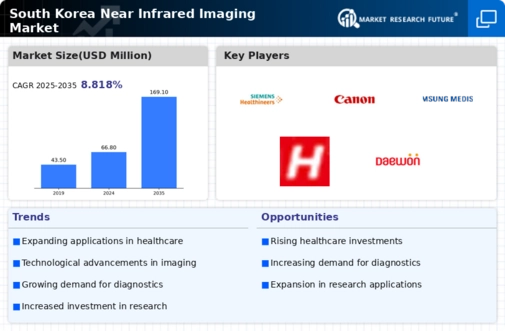
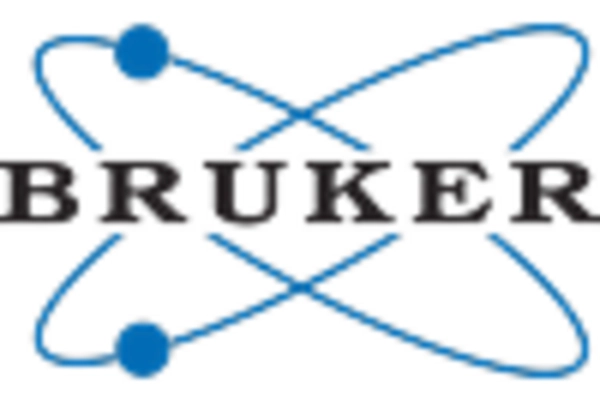
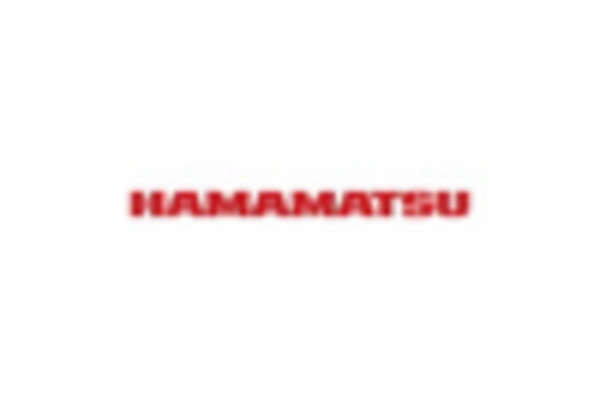
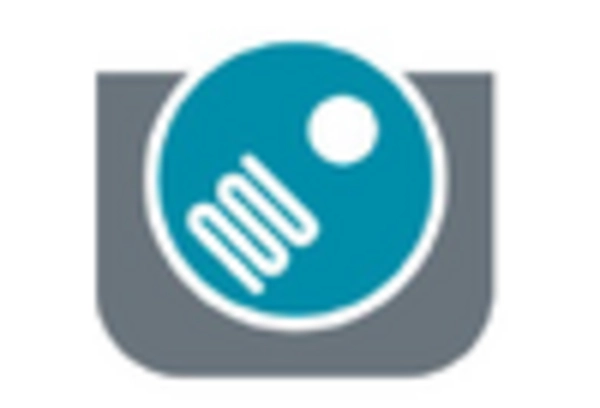
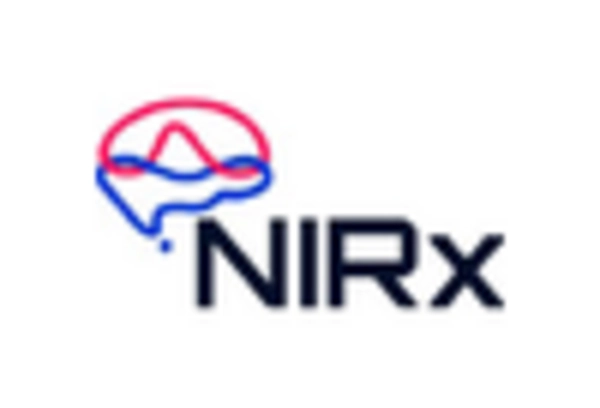
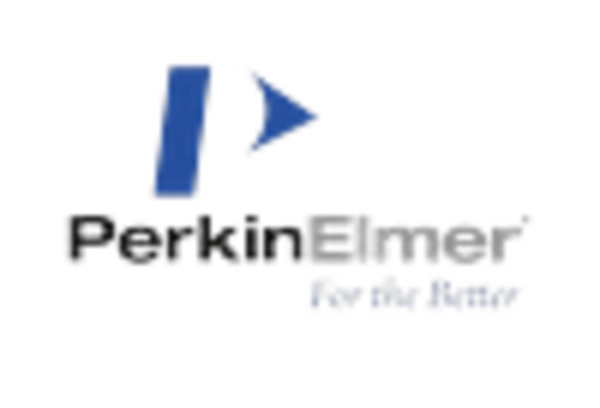
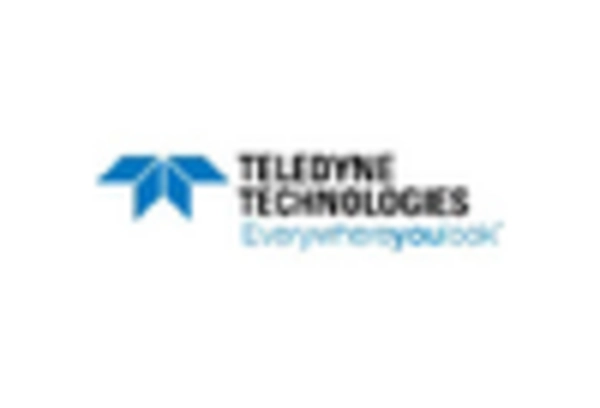








Leave a Comment